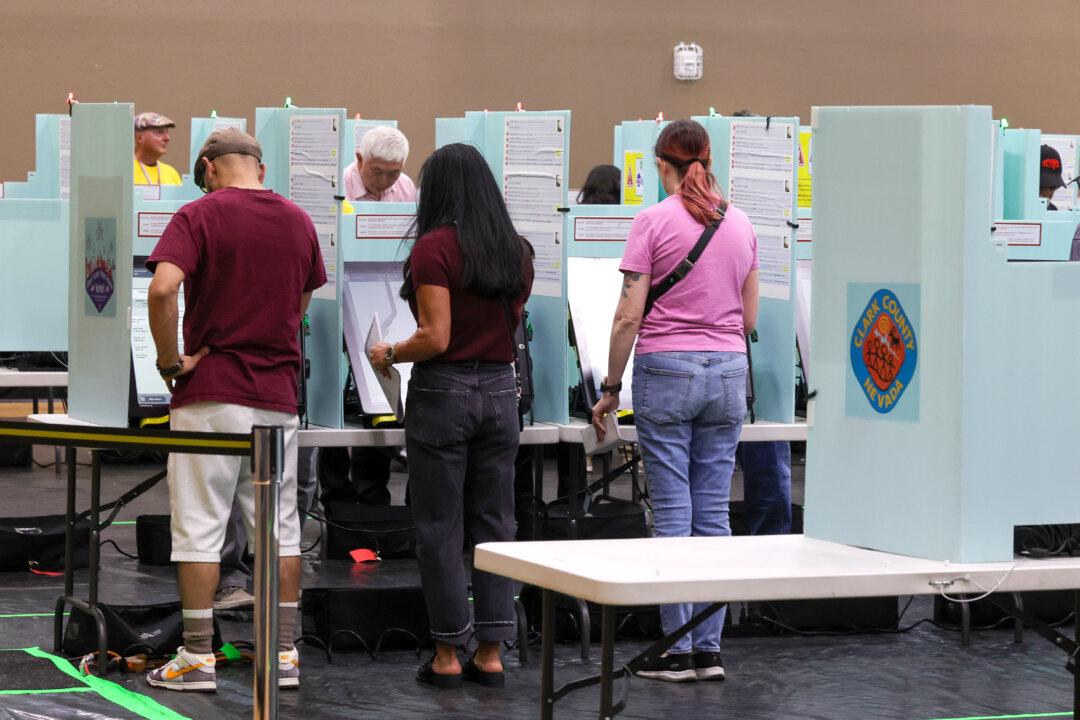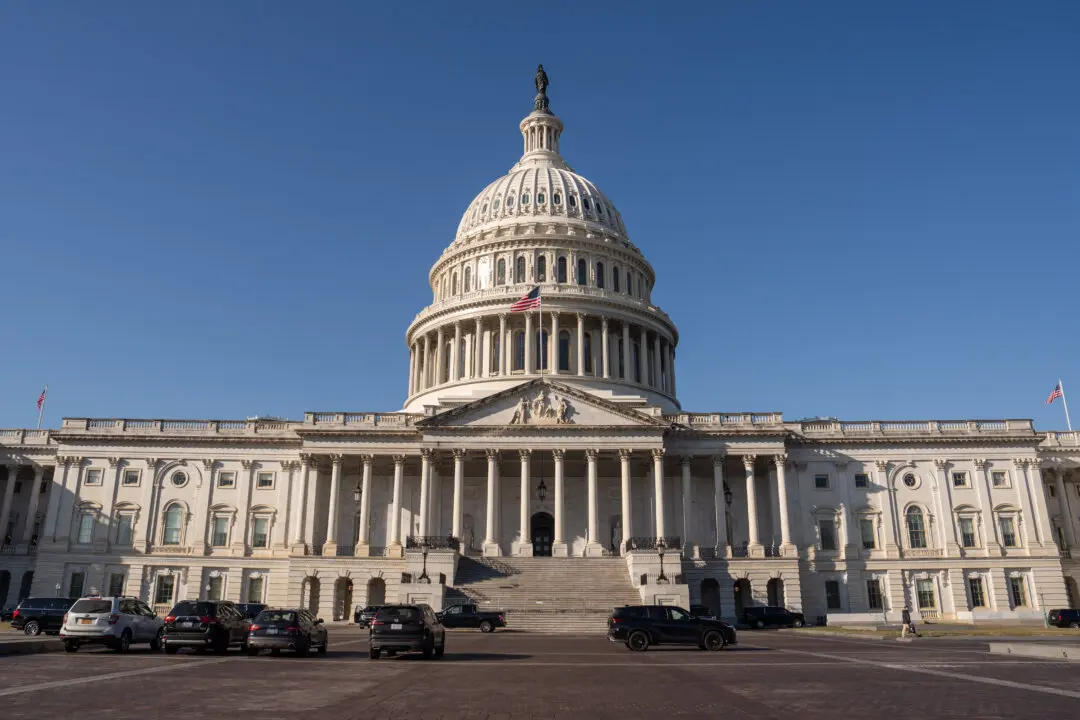When Nevada’s early-voting period kicks off on Oct. 19, both parties will aggressively seek to secure their base votes, but the biggest prize in the smallest of the nation’s seven battleground states will be getting nonpartisan voters to the polls.
At stake in the triple-tier battleground state are Nevada’s six electoral college votes and U.S. Senate and House races that could determine which party controls Congress in January 2025.





